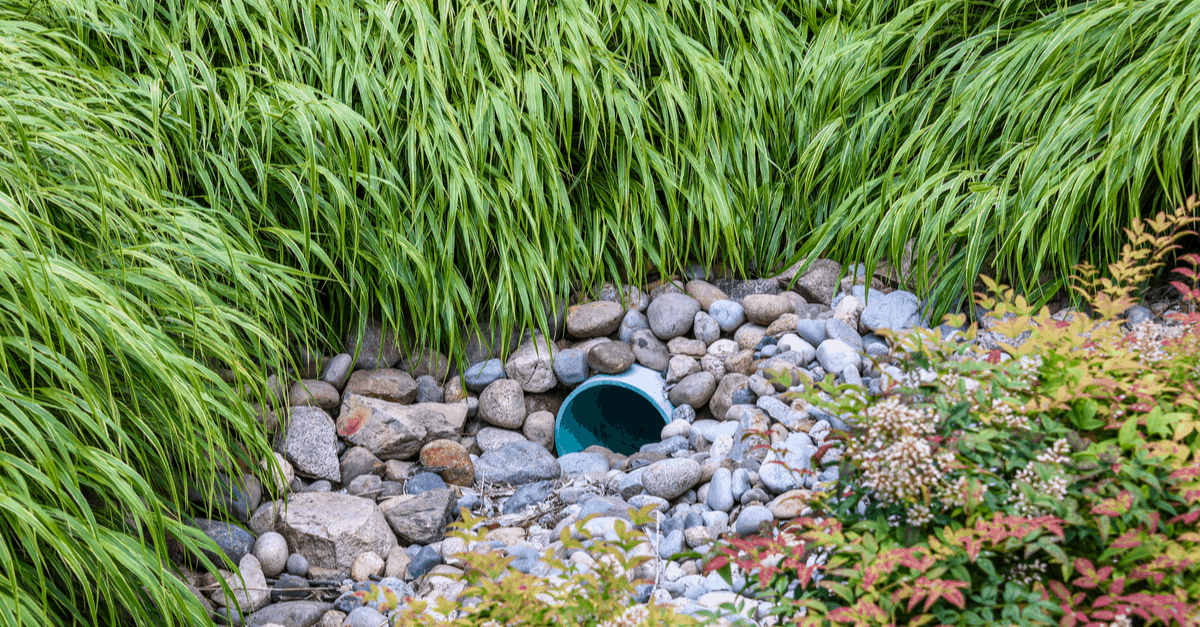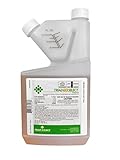Landscaping rocks are an aesthetic and inexpensive solution for several lawn issues. However, what should you do to prevent grass from growing between them?
Creating a suitable drainage area is imperative - especially if you are attempting to achieve a certain landscaping design in your yard. Landscaping rocks are becoming increasingly popular amongst homeowners, primarily due to their aesthetics and low-maintenance characteristics.
Ideally, landscaping rocks naturally stunt grass and weed growth, eliminating the need for frequent mowing and weed removal. However, grass can be persistent and may find its way through cracks in rocks. So, how can you prevent this?
Hi! I’m Stacy. Today, I am going to give you some tips on how to keep grass from growing in rock drainage area. Whether you notice an unhealthy amount of weeds growing in this area or just a few blades of grass, it can damage the aesthetics of the rock drainage area immensely.
Well, not anymore. Let me tell you all about how I prevented grass growth in the rock drainage area of my yard. Let’s begin!
How To Keep Grass From Growing In Rock Drainage Area

1. Start With A Clean Slate
One of the best ways to prevent grass growth in a rock drainage area is to begin with a clean slate. This applies to those who are considering building a rock drainage area in their yard but have not done it yet. If you have some time to invest, start by cleaning the area thoroughly, removing all grass and weeds entirely.
Ensure that you dispose of the roots carefully; otherwise, there is a risk of them growing back in the same area. Furthermore, you can spray the area with a non-toxic herbicide to prevent further grass growth.
Alternatively, consider spraying the area with white vinegar. This is an effective solution to eliminate grass and weeds. However, be careful while doing this, as you don’t want to affect the healthy growing grass in your yard.
2. Build A Barrier
Before adding a layer of landscaping rocks, considering building a barrier using landscape fabric. As such, landscape fabric is excellent in preventing weeds from cropping up and bursting through the cracks between rocks.
If you are adding a new layer of landscape fabric over an old one, ensure that you overlap the layers. This will create a double barrier which is even more effective in preventing weeds from showing up between the cracks of rocks.
Lastly, use landscape staples to carefully secure the edges of the landscape fabric under the rock layer. Landscaping rocks are known for their natural movement over time, and this movement can cause the landscape fabric to move around as well.
During the movement, if there is any space created between the soil and the rock drainage area, grass and weeds are prone to finding their way through them and grow.
3. Use Salt
Using salt is not a well-known trick in the books; however, several landscapers swear by its effectiveness. You can do this by sprinkling salt generously over the rock drainage area. Keep it for some time before spraying it off thoroughly. Doing this regularly will halt the growth of grass and weeds from the site.
4. Use Your Strength
Even after using all the methods mentioned above, you may find a few stray blades of grass or weed growing through the rocks in the drainage area. Pull them out manually or with a weed puller as soon as you see them. However, ensure that you pull them out right from the roots to prevent their recurring growth.
You can make the process easier by wetting the grass first and then pulling them out. This will soften and loosen the soil slightly, making it easier to pull the grass from its roots. Once this is done, apply a non-toxic herbicide or white vinegar to the area.
If you notice a large quantity of grass growing in the rock drainage area, regular household vinegar may not be strong enough to eliminate them. In this case, consider using a stronger solution of 20% white vinegar instead.
What Kind Of Herbicide Can You Use?
You will inevitably come across several types of herbicides in the market. However, it is essential to know the right one to use; otherwise, you may end up killing the healthy grass growing around the rock drainage area.
In that case, consider using a herbicide that has sethoxydim as its active ingredient. This will target only the unwanted grass growing between the landscape rocks, helping you eliminate them safely.
Alternatively, you can also use nonselective glyphosate herbicide, which effectively kills all types of grass and weed. That being said, you must be careful to protect the healthy grass growing in your lawn and around the landscaping rocks, as this formula can affect them adversely.
Finally, consider spraying the rock drainage area with post-emergent herbicide regularly. This will effectively kill any grass growing between the cracks and gaps of rocks in your rock drainage area. Once the grass dies, you can pull them out from their roots manually or with the help of a weed puller.
- Low, economical use rate of 1 to 4 pints per acre
- Controls many broadleaf weeds & woody plants
- Use in turf, pastures, rangeland, ditch banks, fences…
- DESCRIPTION: Excellent post-emergent activity with proven rapid and effective weed control performance for some of the toughest broadleaf weeds in turfgrass.
- CONTROLS TOUGH BROADLEAF WEEDS: Dandelion, spurge, white clover, plantains, ground ivy, virginia buttonweed and wild violet; also labelled for the suppression of yellow nutsedge
- ACTIVE INGREDIENTS: Contains four active ingredients: 2,4-D, Dicamba, Triclopyr, and Sulfentrazone
Summing It Up
Preventing unwanted grass and weed growth in a rock drainage area can be challenging but not impossible.
If you plan to create a rock drainage area in your yard, it is best to get rid of grass in the specific area before adding the rocks there. Moreover, ensure that you use a suitable herbicide, without which you can end up harming the healthy grass on the lawn.
Well, that’s it for now. I hope my guide helps you in preventing grass from growing in your rock drainage area. Let me know in the comments below which method worked best for you.
Until then, see you later!


